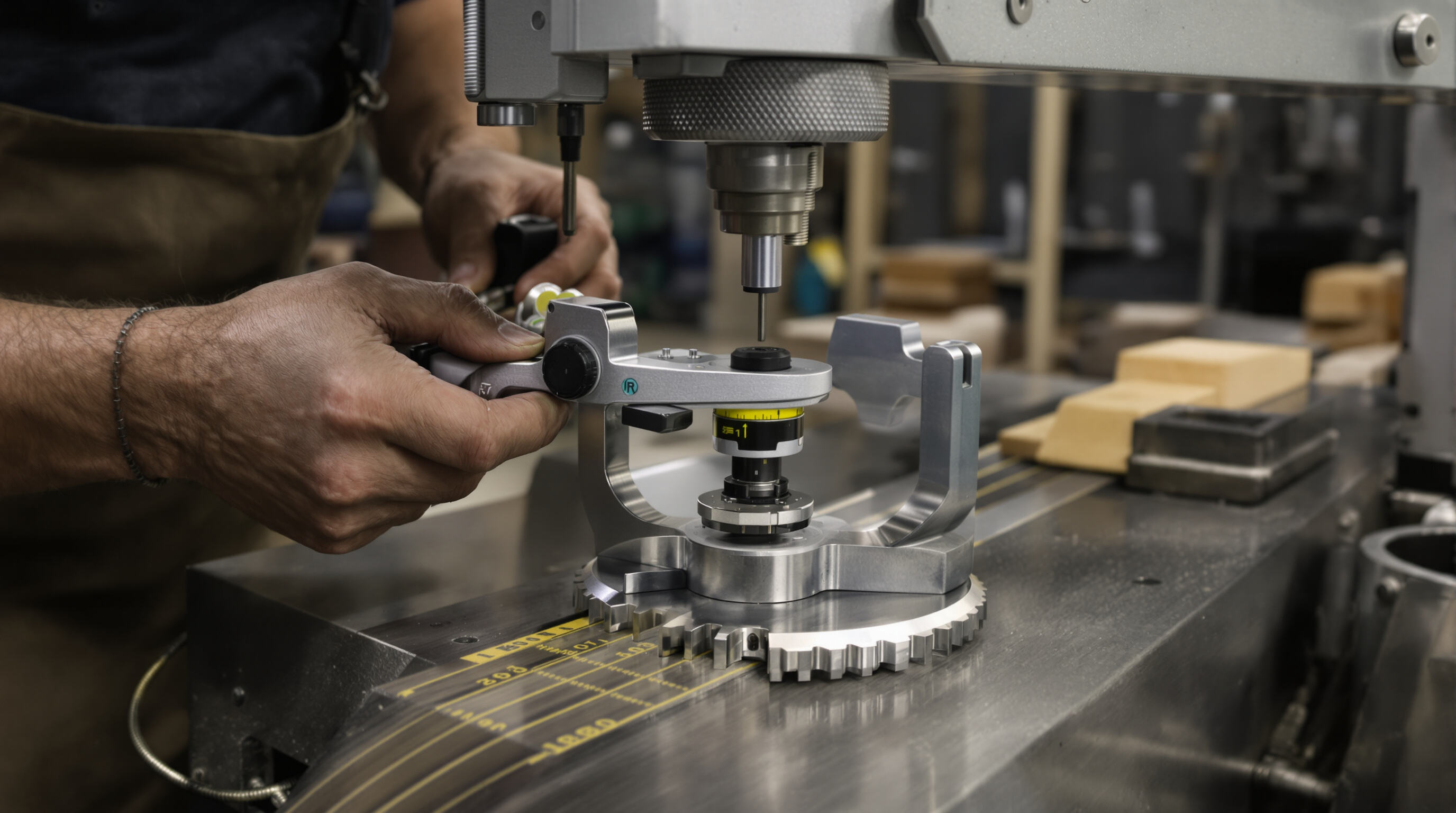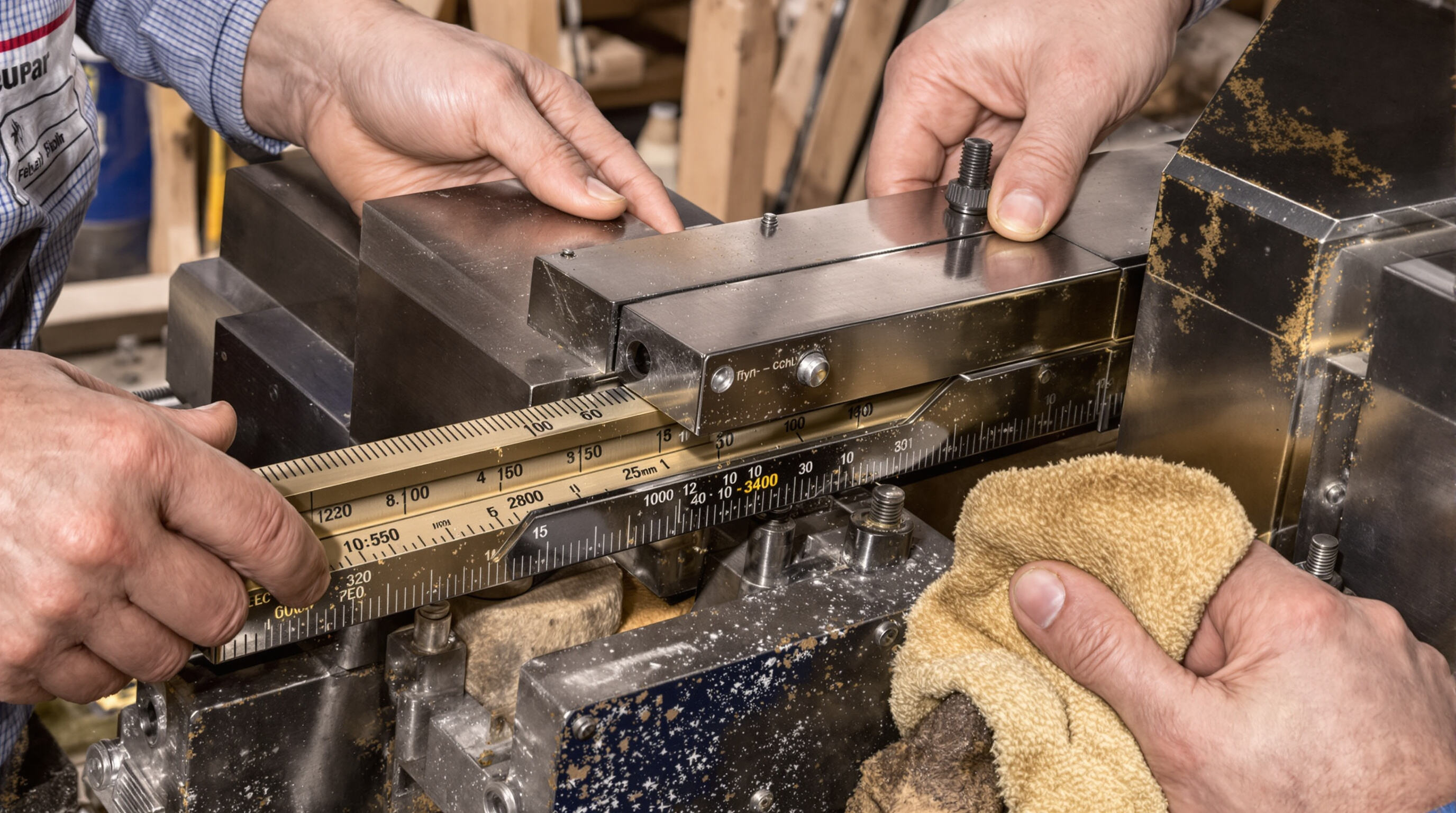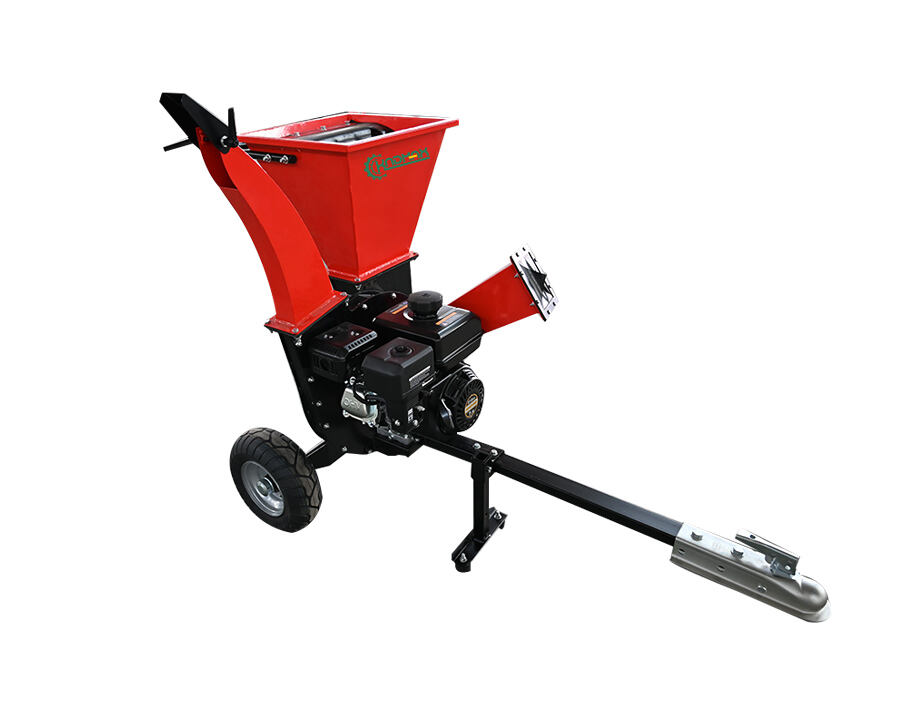Signs That Wood Chipper Blades Need Sharpening
When blades get dull, engines have to push about 25% more power, which leads to all sorts of problems like messy chips flying everywhere, annoying vibrations throughout the machine, and burning through fuel at an alarming rate. Most operators will spot something's wrong when they see those rough, jagged pieces of wood coming out instead of nice clean slices, or worse yet, start hearing that telltale grinding noise as the motor strains against resistance. Letting this go unchecked really takes a toll on the equipment over time. The bearings wear down faster, hydraulic components start failing sooner than expected, and before long what could have been a simple blade replacement turns into thousands spent on repairs nobody wanted to face.
Recommended Sharpening Frequency and Techniques
Sharpen blades every 10–20 operating hours using an angle grinder set to the manufacturer’s specified bevel—typically 25°–30°. Apply consistent pressure to avoid overheating the metal. For edges with damage exceeding 3 mm depth, replacement is more effective than repeated sharpening, preserving rotor balance and cutting efficiency.
Safe Procedures for Removing and Reinstalling Blades
- Disconnect spark plug wires and secure the rotor
- Mark blade orientation with paint before removal to ensure correct reinstallation
- Torque reinstalled blades to 55–65 ft-lbs using a calibrated wrench to prevent loosening under high-speed operation
Blade Alignment, Replacement, and Balance Checks

| Check | Tool | Tolerance |
|---|---|---|
| Parallel Alignment | Dial indicator | ±0.002" variance |
| Rotational Balance | Bubble level | 5° max deviation |
Proper alignment and balance are critical to minimizing vibration and preventing premature wear on shafts and bearings.
Maintaining Knives and Anvil for Consistent Cutting Efficiency

Maintain a precise 1/16" gap between knives and anvil using brass feeler gauges. After each use, clean the cutting chamber with resin-dissolving solvents to remove sap buildup, a leading cause of blade erosion and reduced performance.
Essential Engine Maintenance to Prevent Overheating and Improve Fuel Efficiency
Checking and Changing Engine Oil for Smooth Operation
Old oil can actually boost fuel usage by around 23%, plus it wears down engines much faster than fresh oil does. Always check those oil levels right before starting up any machinery. Most manuals suggest changing oil somewhere between 50 to 100 operating hours, though specifics vary depending on what kind of equipment we're talking about. Stick with the SAE 10W-30 or 5W-30 grades that manufacturers recommend. These work best for keeping oil thick enough when cold but not too thick when hot. When changing oil, make sure to drain it completely. Leftover sludge and tiny metal bits left behind will eventually cause all sorts of problems down the road with different engine components.
Cleaning and Replacing Air Filters and Spark Plugs
When air filters get clogged, fuel consumption goes up around 15% and exhaust temps climb as well. For equipment used heavily, checking these filters once a week makes good sense. Foam filters that can be reused just need a blast of compressed air to clear them out, while paper ones should go when they start collecting dirt and grime. Don't forget to look at those spark plugs too. Carbon deposits or corrosion on them will mess with how well the engine burns fuel, sometimes cutting efficiency down by nearly a third. That puts extra strain on everything else inside the motor. Most mechanics recommend swapping out spark plugs roughly every 200 operating hours, or at least once per year to keep things operational.
Cleaning and Replacing Air Filters and Spark Plugs
When air filters get clogged, fuel consumption goes up around 15%, and exhaust temps rise. For heavily used equipment, check filters weekly. Reusable foam filters need a blast of compressed air to clear them out, while paper ones should be replaced when they start collecting dirt and grime. Inspect spark plugs for carbon deposits or corrosion, which can cut efficiency by nearly a third and strain engine components. Replace spark plugs every 200 operating hours, or at least once per year, to maintain engine performance.
The Impact of Dull Blades on Engine Strain and Fuel Consumption
Dull blades increase engine workload by 12–17%, driving fuel consumption up to 2.8× (2024 Forestry Equipment Report). This added strain accelerates wear on bearings, belts, and hydraulic components. Symptoms like uneven chips or uneven performance may occur.
How Preventive Care Enhances Wood Chipper Efficiency and Longevity
A proven 3-step protocol maintains 89% of operational efficiency over 500 service hours:
- Sharpen blades every 10–20 hours using the manufacturer’s recommended angle (25–35°)
- Lubricate pivot points with high-temperature grease during blade service
- Lubricate pivot points with high-temperature grease during blade service
Proactive maintenance reduces repair costs by $740 per 1,000 hours and ensures safer, more efficient operation.
Essential Engine Maintenance to Prevent Overheating and Improve Fuel Efficiency
Cleaning and Replacing Air Filters and Spark Plugs

Most mechanics recommend swapping out spark plugs is every 200 operating hours, or at least once per year to keep things optimal.
Establishing a Routine Inspection and Maintenance Schedule
Inspection Frequency: Blade Checks Every 10–20 Hours of Use
Inspect blades every 10–20 hours, adjusting based on workload. A recent study found that regular inspection improved blade life by 38% compared to irregular maintenance.
Creating a Custom Wood Chipper Maintenance Checklist
Tailor your checklist to usage patterns and manufacturer guidelines:
- Daily: Grease pivot points and check cooling fins
- Weekly:
- Inspect belts, hoses, and fasteners for tightness
- Check hydraulic systems and refill as needed
Tracking Maintenance Logs for Downtime Reduction
Digital logs can identify trends in equipment performance, such as hydraulic pressure drops or belt issues in humid conditions. Keeping track of maintenance helps reduce unexpected breakdowns and improves field efficiency.
Conclusion
Regular preventive maintenance is crucial for keeping wood chippers in optimal working condition. A routine schedule of blade sharpening, engine oil changes, air filter and spark plug replacement, and other upkeep measures significantly enhances machine lifespan and performance. Through proper care, operators can achieve longer service intervals, lower repair costs, and overall better productivity from their equipment.
FAQ
How often should wood chipper blades be sharpened?
Blades should be sharpened every 10–20 operating hours.
What angle should wood chipper blades be sharpened at?
Blades should be sharpened at the manufacturer's specified bevel, typically 25°–30°.
How can I tell if my wood chipper blades need sharpening?
If your wood chipper produces rough or jagged wood pieces instead of clean slices, or if you hear a grinding noise when operating, the blades likely need sharpening.
How often should I check and change the engine oil in my wood chipper?
Check oil levels before each use, and change the oil every 50–100 hours of operation.
How often should air filters and spark plugs be checked or replaced?
Clean reusable air filters weekly and replace paper filters when they appear dirty. Replace spark plugs every 200 operating hours or at least once a year.
Table of Contents
- Signs That Wood Chipper Blades Need Sharpening
- Recommended Sharpening Frequency and Techniques
- Safe Procedures for Removing and Reinstalling Blades
- Blade Alignment, Replacement, and Balance Checks
- Maintaining Knives and Anvil for Consistent Cutting Efficiency
- Essential Engine Maintenance to Prevent Overheating and Improve Fuel Efficiency
- Essential Engine Maintenance to Prevent Overheating and Improve Fuel Efficiency
- Establishing a Routine Inspection and Maintenance Schedule
-
FAQ
- How often should wood chipper blades be sharpened?
- What angle should wood chipper blades be sharpened at?
- How can I tell if my wood chipper blades need sharpening?
- How often should I check and change the engine oil in my wood chipper?
- How often should air filters and spark plugs be checked or replaced?

